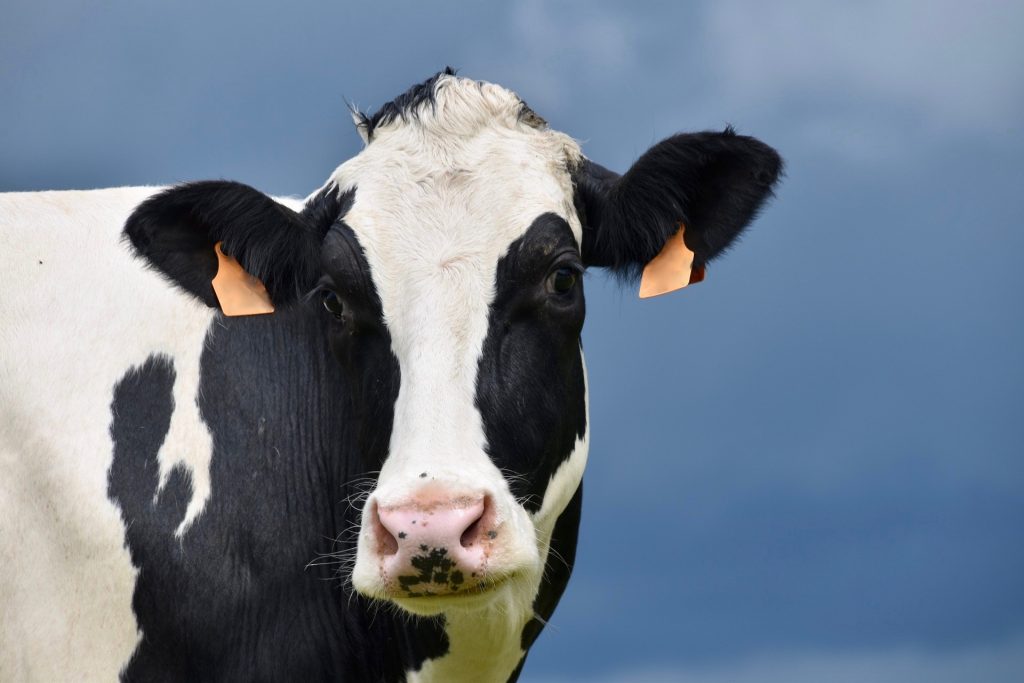Could outwintering in-calf heifers save you money?
24th August 2020
Farmers who are short on silage or worried about straw supplies for the winter should think about whether outwintering in-calf heifers to reduce winter rearing costs, says AHDB.
Farmers who are short on silage or worried about straw supplies for the winter should think about whether outwintering in-calf heifers to reduce winter rearing costs, says AHDB.
There is just enough time to sow a quick-growing rape and kale hybrid for strip grazing in about 90 days, or to build up grass covers for deferred grazing, supplemented with baled silage.
Shutting up paddocks from early September and using the autumn rotation planner can keep heifers out grazing until late November, according to Anderson’s business consultant Jake Armstrong-Frost.
Outwintering can almost halve winter rearing costs and, at the very least, shorten the expensive housing period, he says.
As a simple calculation, for 50 heifers on a 120-day winter, Jake estimates they would need 60t DM silage if fully housed; 48t DM silage outwintered on grass and bales; and just 12t DM silage if they can strip graze a crop supplemented with big bales.
However, a thorough cost/benefit analysis must be carried out to ensure savings can really be made, Mr Armstrong-Frost stresses.
“There is definitely a business case for doing it in the right circumstances. Anyone who doesn’t have the shed space available and will have to look elsewhere to house, will probably save money by outwintering.
“If you have the shed space and you’re not brilliantly set up for strip grazing, the sums aren’t quite as clear cut. If you have to buy the kit to strip graze and only outwinter for a year, for instance, it won’t repay the investment, particularly if you have an empty shed sitting there.”
He points out, however, that this is only a suitable option for robust, in-calf heifers; calves less than a year old would struggle to meet target growth rates, while it could impact fertility in bulling heifers.
To find out if it’s the right approach, he recommends calculating potential savings in silage, bedding and machinery (for feeding, bedding and muck handling) – offsetting this against any field infrastructure work needed (fences, troughs, etc.), plus the extra costs of establishing a winter grazing crop. Labour inputs will be similar because time spent feeding and cleaning is replaced by checking stock and moving fences.
“Just using deferred grass and silage bales works reasonably well and would probably be my first suggestion to someone who is looking to outwinter because of financial issues,” Mr Armstrong-Frost explains.
“It’s a good entry into a spring reseed, or crop such as maize. The deferred grass and bale option doesn’t require ground to be cultivated and drilled now, which will save money.”
Rape and kale hybrids sown in the next few weeks can be grazed from late November/early December and although not quite up to scratch in the first month, they will improve.
Farms that set stock heifers can also make outwintering work by allowing grass growth to build up now for grazing in autumn, splitting up large fields into smaller areas to be grazed in rotation. This can shorten winter housing by a couple of months before it turns too wet.

